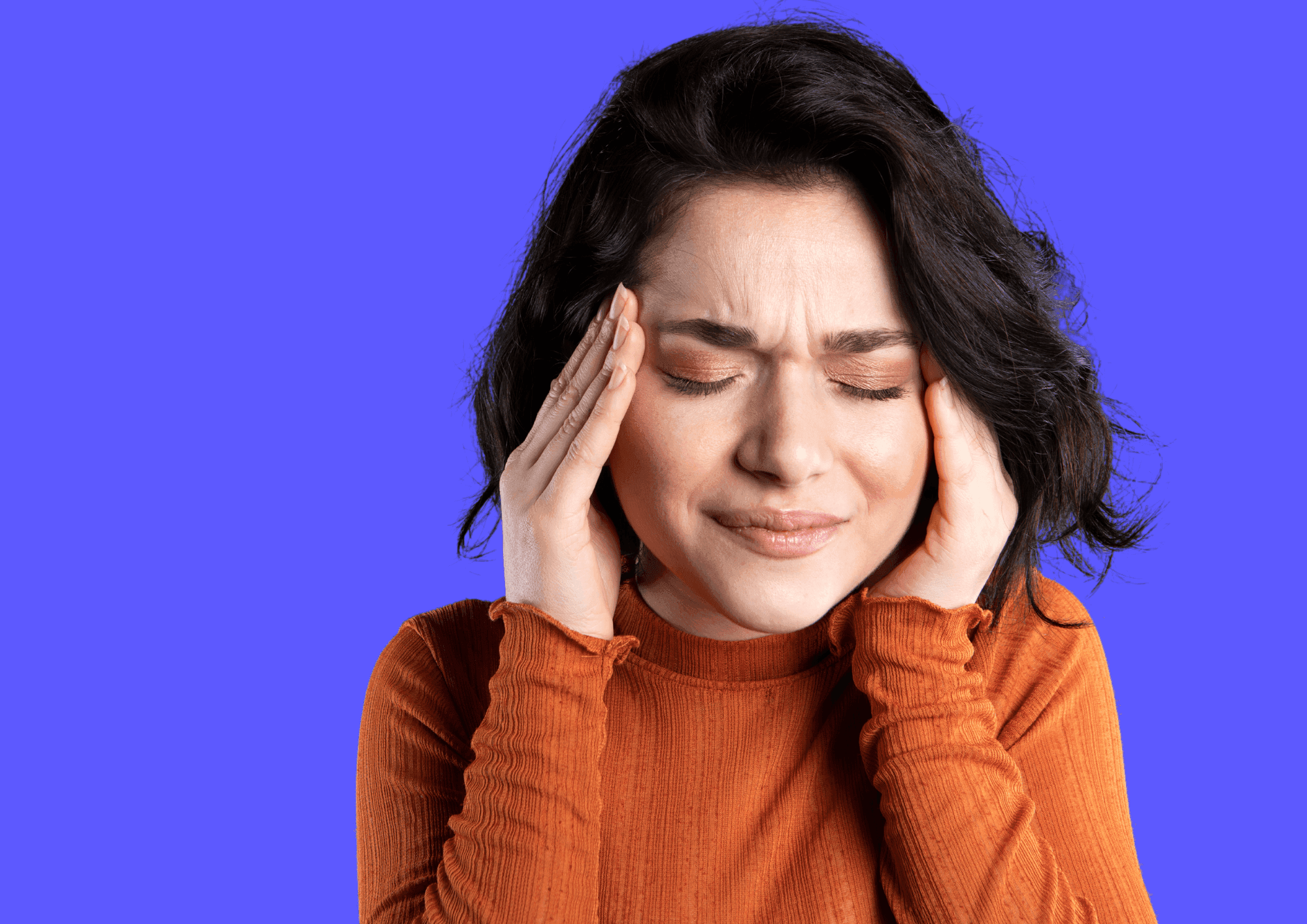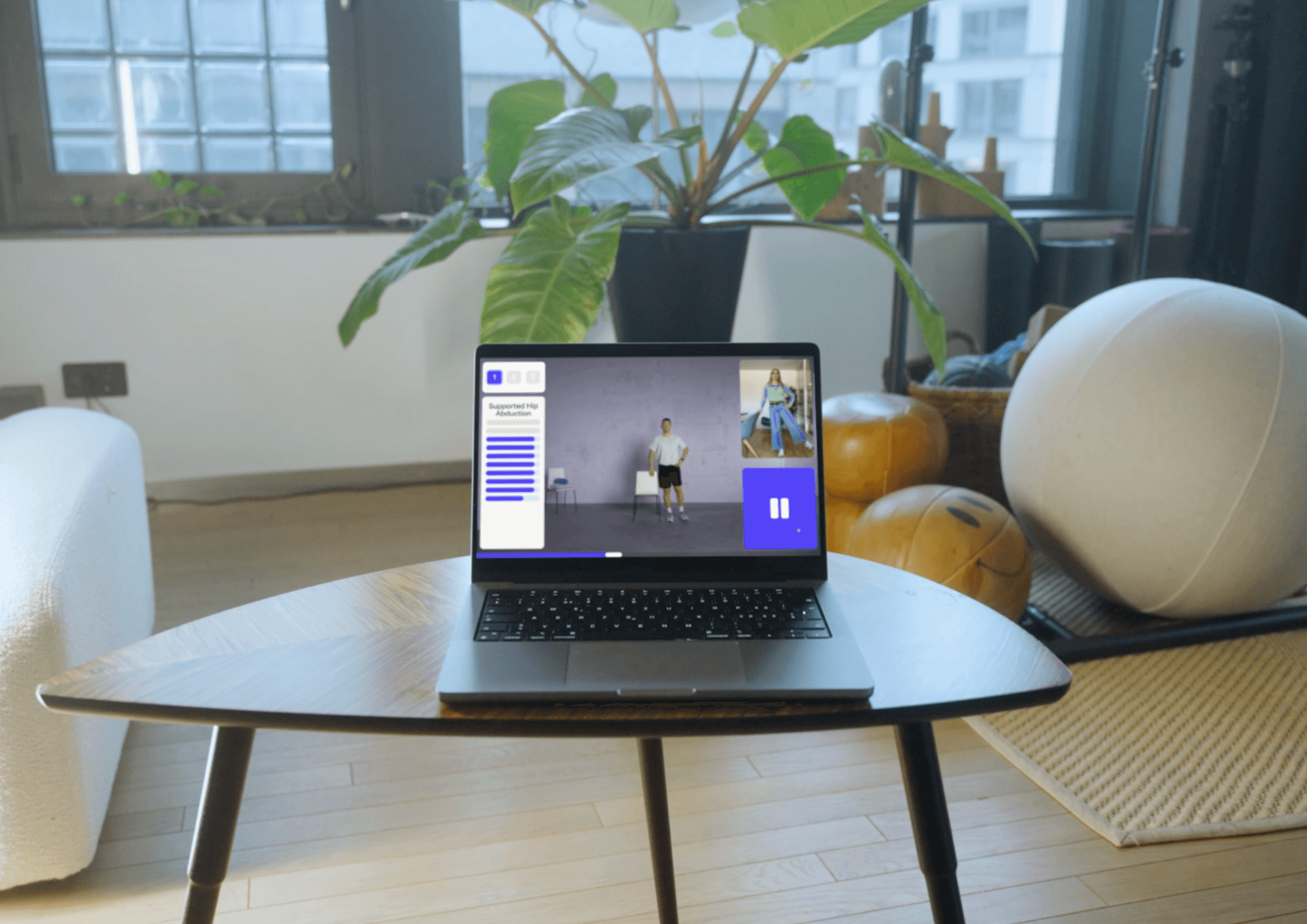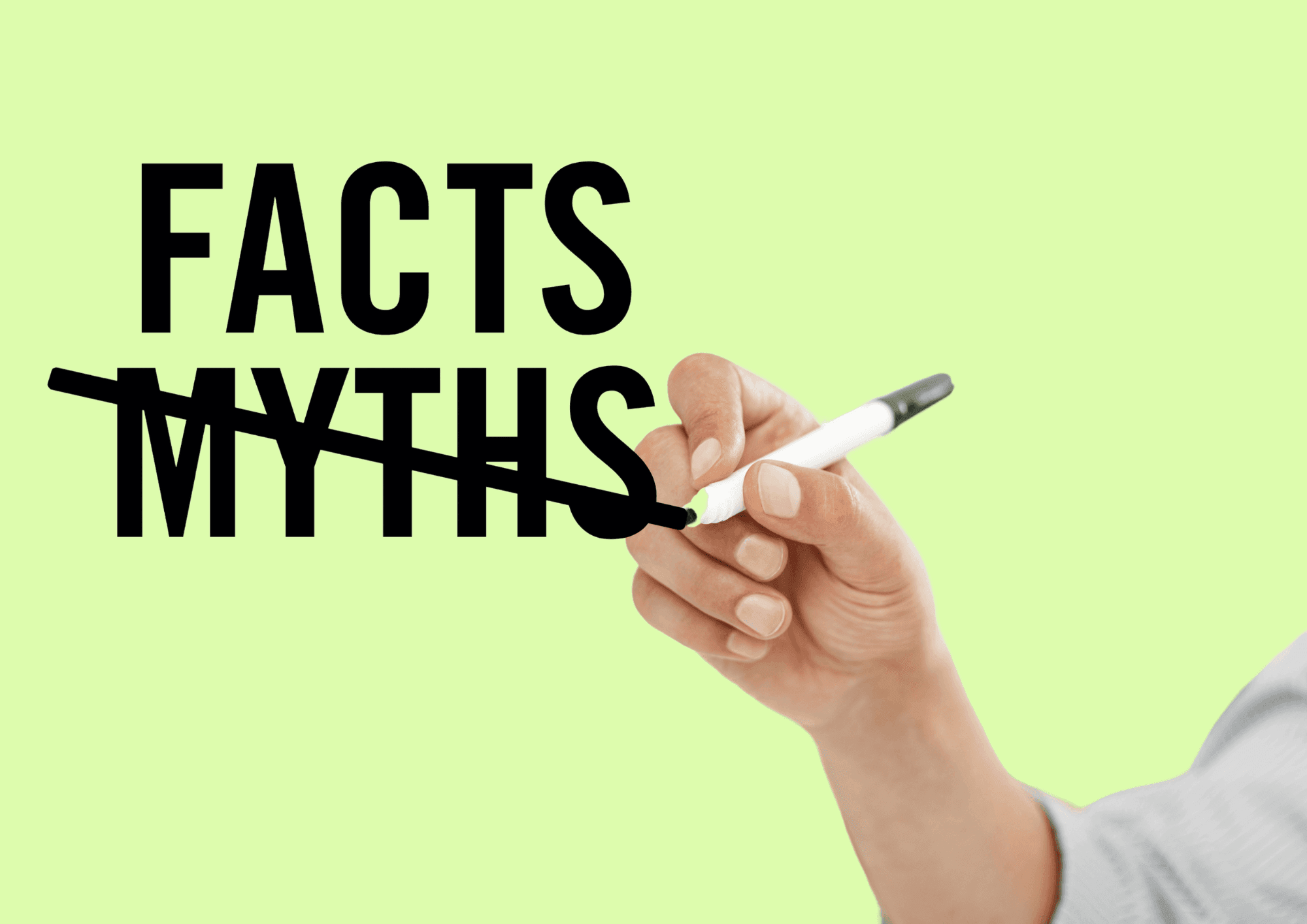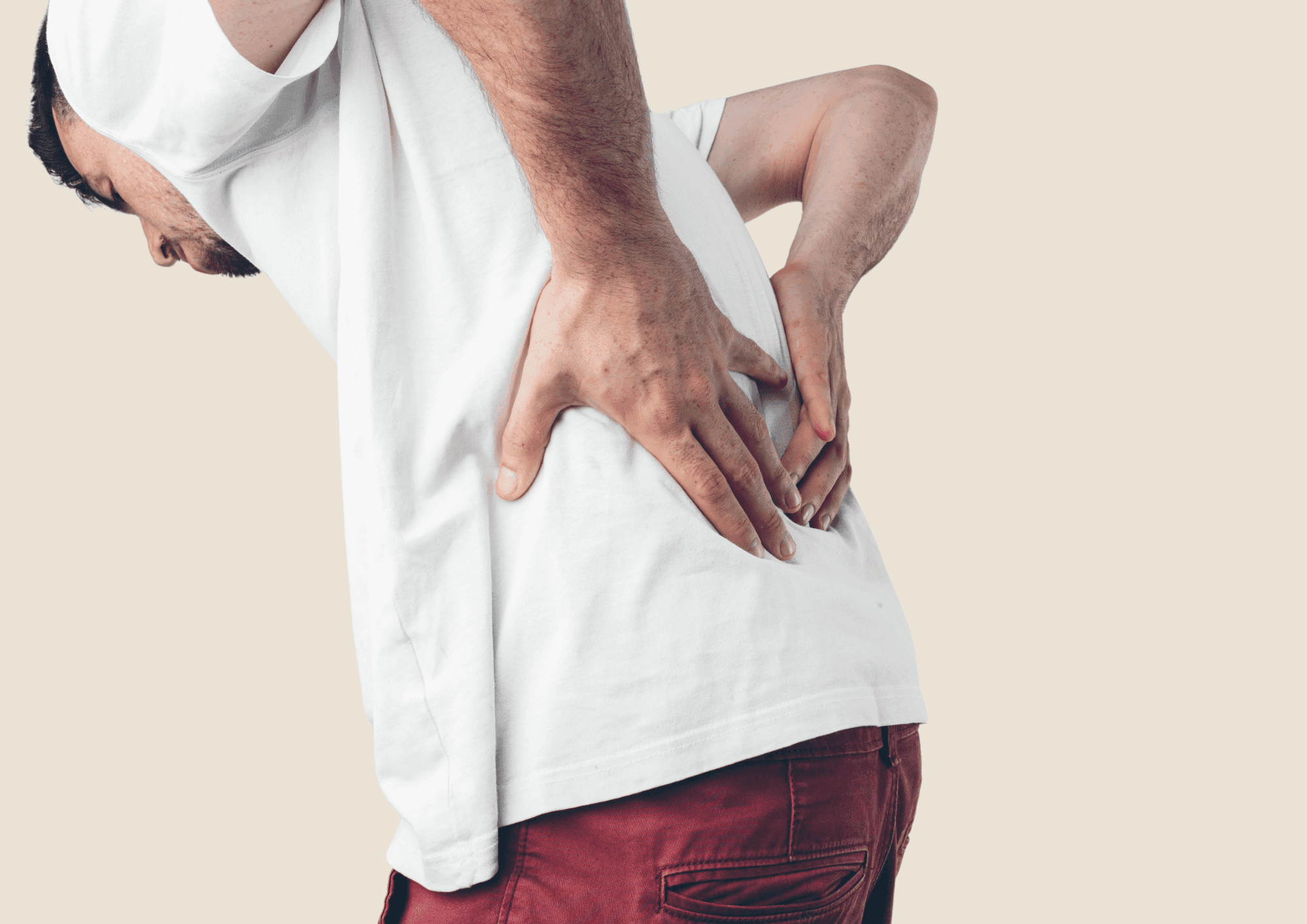Chronic pain is more than just physical discomfort. It can have a profound impact on quality of life as well as a significant psychological and social impact. In this article, we take a comprehensive look at the causes, effects and treatments of chronic pain. Stay tuned until the end if you want to learn more about how our software Akina Cloud can help you use therapeutic exercise as a treatment for pain!
What is chronic pain?
Chronic pain can be associated with various conditions. However, it can also occur as a pain disorder that has no clear physical cause. In this case, the pain is the main symptom for a period of more than three months or recurring over a longer period of time.
What is the difference between acute and chronic pain?
Acute pain is temporary and localized and usually has a clearly identifiable cause (e.g. tissue damage). It fulfills a signal or warning function - its task is to tell us that something is wrong. The pain stimulus, i.e. the cause of the pain, can be treated in a targeted manner and further damage avoided.
Chronic pain, on the other hand, is long-lasting (longer than three months) and cannot always be precisely localized. The actual causes and corresponding treatment methods are therefore difficult to determine. Chronic pain has no function, it is not an indication of a problem to be treated - it is the problem itself. In some cases, the pain is a disease of its own, based on a disorder of pain processing in the brain and hypersensitivity of the nervous system.
Causes and development of chronic pain
Various causes can underlie chronic pain:
- Physical causes:
Physical injuries or illnesses can be associated with chronic pain. This can be, for example, a slipped disc, torn ligaments or joint pain caused by wear and tear. - Neurological causes:
Diseases of the nervous system such as multiple sclerosis, phantom limb pain, fibromyalgia, neuropathy or complex regional pain syndrome can be the cause of pain. - Psychological causes:
Mental illness such as depression, anxiety disorders, psychosis or post-traumatic stress disorder can trigger or exacerbate chronic pain. - Social component:
Loneliness, conflicts in the family or workplace are additional risk factors that promote a pain disorder.
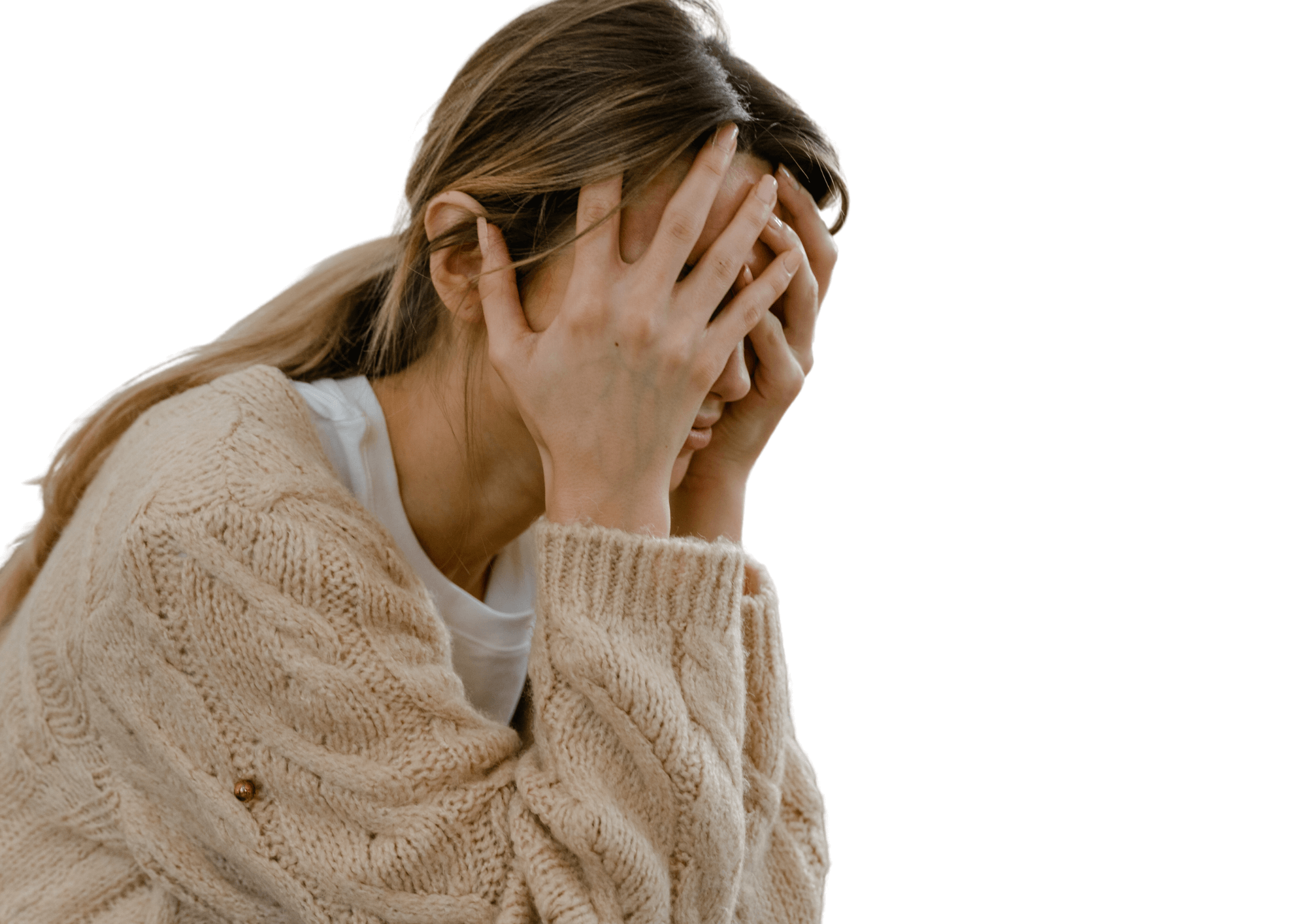
Pain can thus become chronic:
The trigger for chronic pain can be an acute physical problem, for example. If this is not treated appropriately, the pain can persist after the physical problem has healed. Other aggravating circumstances such as psychological or social problems can increase the likelihood that the pain will persist. This persistent irritation of the nerve fibers (nociceptors) causes the pain threshold to fall more and more. Under these circumstances, pain is felt even with minor stimuli or touch. The pain memory stores this state of hypersensitivity of the nerves and the pain becomes chronic. This is also known as chronic pain syndrome.
Symptoms and diagnosis of chronic pain
Symptoms
As chronic pain often has no physically recognizable cause, it can be identified by few other symptoms apart from the persistent pain. However, it is common for it to be accompanied by loss of appetite, sleep disorders, fatigue and difficulty concentrating. Depressive moods also frequently occur in combination with chronic pain. This results in a reciprocal effect between the psyche and pain: the severe pain worsens mental health, which in turn has a negative effect on the perception of pain.
As a result of the pain and the draining accompanying symptoms, it often happens that those affected severely restrict themselves and isolate themselves socially. Naturally, working life is also negatively affected under these circumstances. It is therefore important to consult a doctor as soon as possible if the pain persists, recurs or intensifies.
Diagnosis
The first step in diagnosing chronic pain syndrome is to take a medical history. During this detailed discussion with the patient, the treating doctor gains an initial impression of the circumstances. During this interview, the doctor will not only ask when, where and how severe the pain occurs, but also what illnesses or injuries have occurred in the past or are currently present. An important factor here is also the clarification of the psychosocial situation of the patient, i.e. the emotional state and other factors such as economic and social circumstances.
After taking a medical history, a physical examination may be carried out using imaging techniques such as ultrasound, magnetic resonance imaging (MRI) or computer tomography (CT) to identify any tissue or nerve damage. Under certain circumstances, additional laboratory tests (e.g. blood) may be advisable.
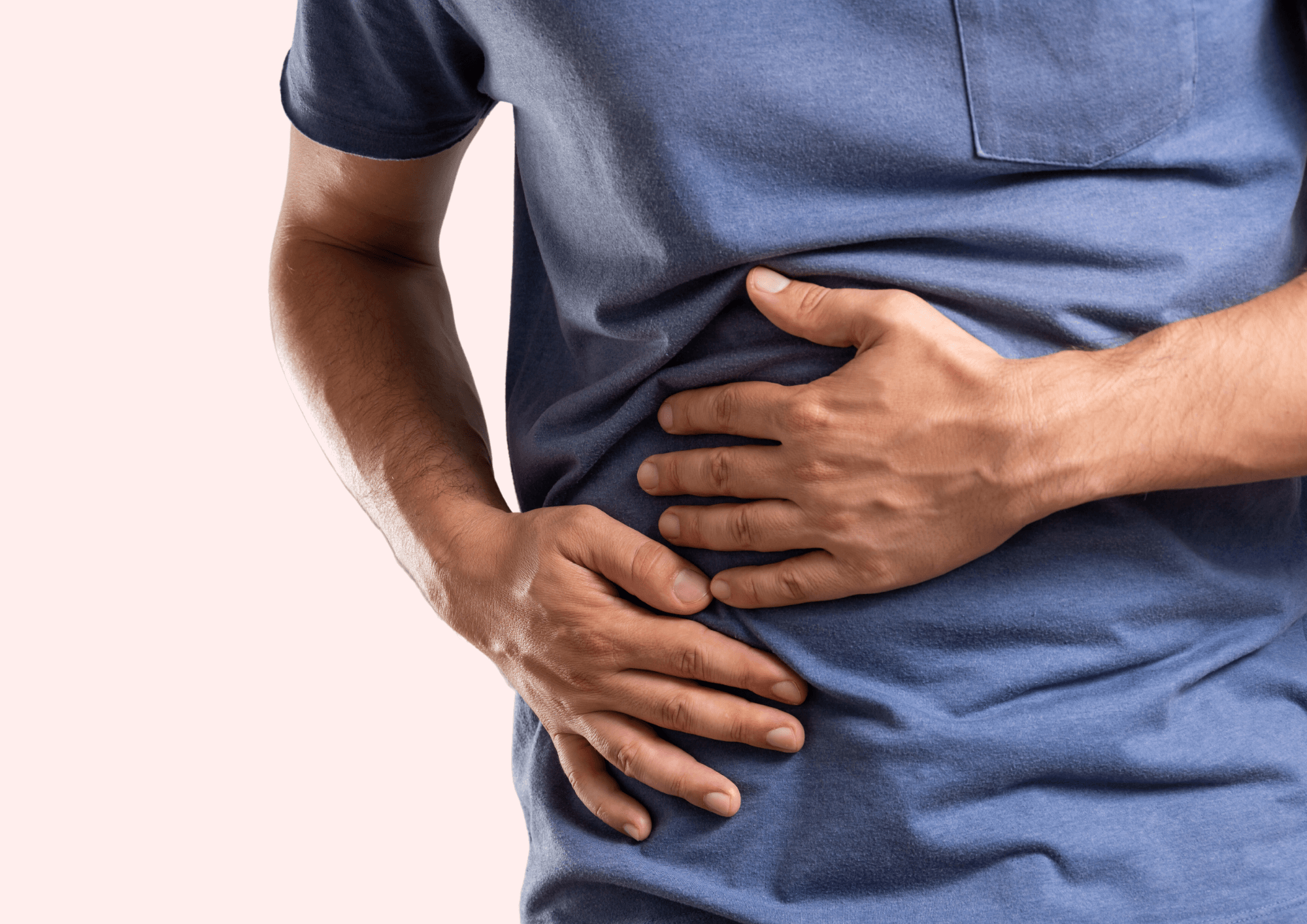
What is the treatment for chronic pain?
Depending on the intensity of the pain, various therapeutic approaches can be combined to treat chronic pain syndrome. The aforementioned pain memory cannot be erased by pain treatment, but it can be positively influenced. Depending on the cause, it is not always possible to become completely pain-free. However, with the right treatment, pain can be counteracted to a large extent and the quality of life can be improved.
In many cases, multimodal pain therapy is recommended. Multimodal therapy combines various approaches to meet the individual needs of pain patients. The following treatment approaches are included:
- Painkillers: Taking painkillers can effectively relieve pain. However, it is important to ensure that the maximum prescribed by the doctor is not exceeded.
- Physiotherapy and/or occupational therapy: Health-promoting exercise and physiotherapy or occupational therapy alleviate pain and maintain mobility. If the pain causes the patient to adopt a compensating posture, physiotherapy can help to overcome this.
- Psychological therapy: The focus of psychological therapy approaches is to reduce anxiety and offer help in dealing with the pain.
- Mindfulness training: Mindfulness-based stress reduction is a scientifically proven approach to managing all types of stress-based disorders.
- Social counseling: If social circumstances are partly responsible for pain conditions, these can be improved with the help of counseling.
- Complementary therapies: Alternative procedures such as acupuncture, massages, heat or cold applications can, under certain circumstances, contribute to short-term pain relief and an increased sense of well-being. However, their effectiveness has not been scientifically proven.
- Neurosurgical pain therapy: Surgical interventions on the central nervous system can help to suppress pain signals and activate pain-relieving systems.
Preventing the development of chronic pain
By far the most important measure to prevent chronic pain syndrome is to take acute pain seriously and treat it appropriately. Only if the cause of the pain is eliminated can it not take on a life of its own. Other factors such as healthy stress management, a balanced diet, sufficient sleep and regular exercise contribute to a healthy lifestyle, which in turn prevents and helps to treat injuries, illnesses and pain.
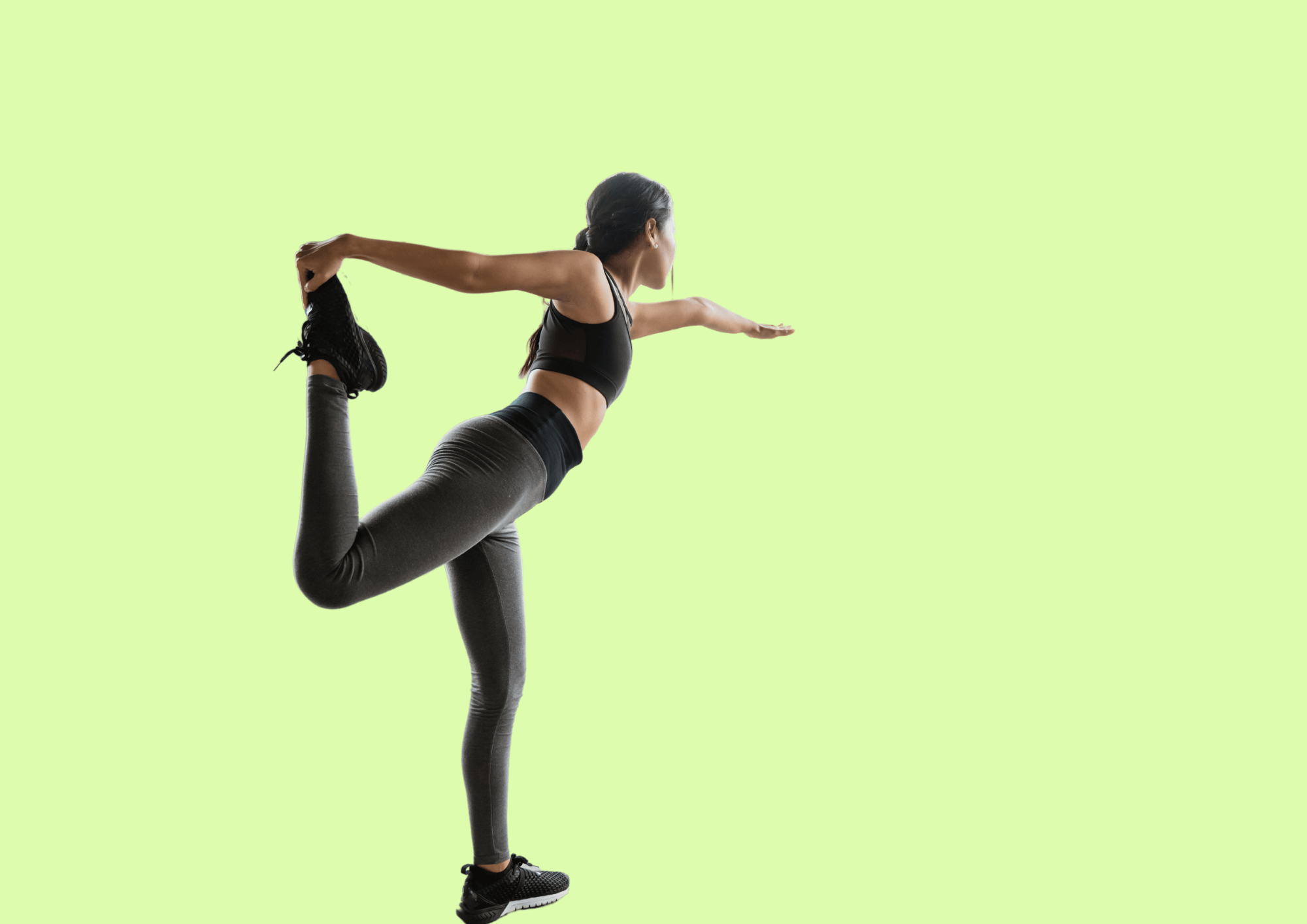
How Akina relieves chronic musculoskeletal pain
When certain movements cause pain, many sufferers try to limit or avoid this type of movement. However, long-term immobilization has a negative effect on pain, as the muscles that are not used break down and the tendons and joint capsules contract. As a result, movement can only be performed with greater pain or not at all. This leads to incorrect posture and tension develops, which also increases the pain. Regular training can counteract this.
However, it is not only the strengthening of the muscles that has a positive effect on the sensation of pain. Targeted exercise releases happiness hormones, which - like opioids - have a pain-relieving effect. It is therefore important to motivate yourself regularly and over the long term to engage in health-promoting exercise.
And that's exactly what Akina is for. Our AI-based training software supports you with therapeutic training at home. Regardless of whether your pain is chronic or acute, whether it is caused by an injury or illness, whether it affects your back or hips: We have the right training program for you or are working on developing one.
Our interactive software recognizes your movements through the camera on your laptop and gives you valuable feedback in real time. Your physiotherapist can follow your progress or deficits via our platform and give you additional tips to make your treatment even more effective. But that's not all: you can indicate your pain perception after each training session - changes in your perception are recorded and the training intensity can be further adapted to you. We are aware that not only the body but also the mind plays an important role in treatment. That's why our training program is supplemented with stress-reducing mindfulness meditations and educational content.
Have we sparked your interest? Sign up for our newsletter using the button below and try Akina for yourself soon!
